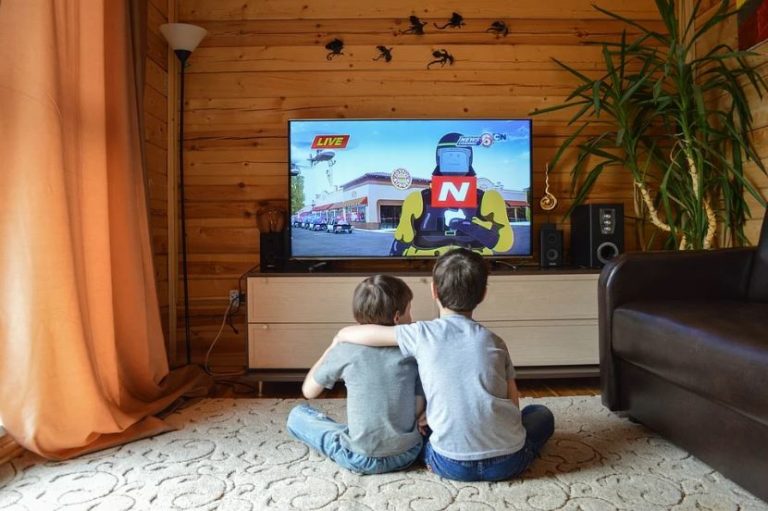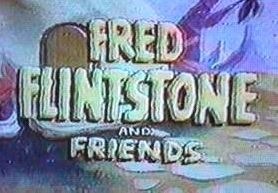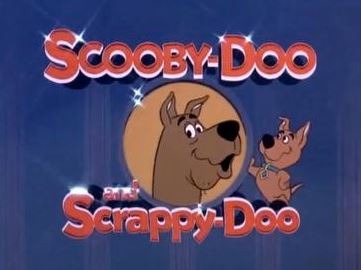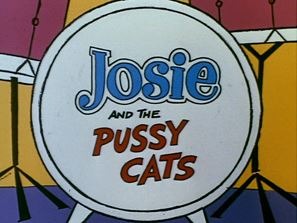Cartoons were more popular than ever in the 1970s. Who could say no to spending a Saturday morning before that colorful 2D series?
We all long to go back to a simpler time when Saturday mornings included a large bowl of snacks and hours of watching our favorite cartoons. There were just four hours of television devoted solely to children each week before on-demand entertainment, cable T.V., and Netflix.
Are you set for a trip down memory lane? Here are some of the 70s’ top cartoons, even if some of you may have forgotten them.
Fred Flintstone and Friends
Fred Flintstone and Friends was a 30-minute animated anthology wheel series produced by Hanna-Barbera and Columbia Pictures Television that aired from October 3, 1977, to September 1, 1978. It was a spin-off of the original series, The Flintstones.
Fred Flintstone hosted the series, which featured a repackaging of these six Hanna-Barbera Saturday morning cartoons, originally broadcast on various networks:
- The Flintstone Comedy Hour
- Goober and the Ghost Chasers
- Jeannie
- Partridge Family 2200 A.D.
- Yogi’s Gang
- Wacky Races
Sabrina, the Teenage Witch
Sabrina the Teenage Witch, an American animated television series produced by Filmation, ran on C.B.S. on Saturday mornings from 1970 to 1974. As a syndicated series, the show has also been broadcast in prime time. The program was a spin-off of The Archie Comedy Hour, showcasing new episodes of Sabrina the Teenage Witch and the Groovie Goolies, and was based on Archie Comics’ Sabrina, the Teenage Witch.
The series follows a young witch who enjoys hanging out with her friends at Riverdale High and fighting foes with her magical abilities without revealing her secret to her companions. This series was intended largely for young females between the ages of 6 and 14 and included an adult laugh track.
The New Fantastic Four
In 1978, DePatie–Freleng Enterprises and Marvel Comics Animation released The New Fantastic Four (also called The Fantastic Four). It is the second animated series adapted from Marvel’s Fantastic Four comic book characters, following a 1967 Hanna-Barbera Productions series.
Because the 1978 television rights to utilize the Human Torch was tied up by a potential television pilot movie in development by Universal Studios that was never realized, the 1978 series substituted him with a robot called H.E.R.B.I.E. (Humanoid Experimental Robot, B-type, Integrated Electronics).
Scooby-Doo and Scrappy-Doo
Scooby-Doo and Scrappy-Doo, the original thirty-minute edition, is the fourth rendition of the Hanna-Barbera Saturday morning program Scooby-Doo. It debuted on A.B.C. on September 22, 1979, as a half-hour program and ran for one season.
Scrappy, Scooby’s feisty, pint-sized nephew, was introduced as a new member of the group. This was one of the few shows, including Daphne, Fred, Velma, and Scrappy.
There were sixteen episodes in total. It was the last Hanna-Barbera cartoon series to employ the studio’s laugh track (excluding prime-time specials).
The Pink Panther Show
The Pink Panther Show is a collection of animated shorts created by Friz Freleng and David H. DePatie between 1969 and 1978 that feature the cartoon Pink Panther character from the live-action movies’ opening titles. Mirisch Films and DePatie–Freleng Enterprises produced the series, which aired on Saturday mornings on two U.S. television networks: N.B.C. from September 6, 1969, to September 2, 1978, and A.B.C. from September 9, 1978, until August 30, 1980.
The Pink Panther and The Inspector, who were seen in the opening sequence driving the Panthermobile from the wilderness to Grauman’s Chinese Theatre in Hollywood, “hosted” the performance. Throughout the journey, clips of the panther from Come On In! The Water’s Pink, Reel Pink, and Put-Put Pink are shown alongside images of animals referenced in the song (rhinoceros, cats, tiger, American mink).
The Pink Panther and the Inspector dismount from the Panthermobile and enter the famed theatre as they arrive. The Inspector hops back into the Panthermobile in the end credits; however, he leaves the Pink Panther behind, then shown running after the car.
Josie and the Pussycats
Josie and the Pussycats is an animated American television series based on Dan DeCarlo’s Archie comic book series of the same name. Sixteen episodes of Josie and the Pussycats, produced by Hanna-Barbera Productions for Saturday morning television, aired on C.B.S. throughout the 1970–71 television season and were rebroadcast during the 1971–72 season.
In this cartoon offshoot of characters who first appeared in the Archie Comics comic-book series, members of an all-girl rock band appear to have a penchant for crossing paths with power-mad nutjobs and assorted other misfits along their concert route. The group’s singer-guitarist, Josie, is accompanied by ditsy drummer Melody and smart tambourine player Valerie. Alan, Josie’s boyfriend, who also works as a roadie for the band, and their manager, Alexander Cabot III, are among their entourage.
Super Friends
Super Friends, an American animated television series about a group of superheroes, aired on A.B.C. on Saturday mornings from 1973 through 1985. Hanna-Barbera produced it, and it was based on D.C. Comics’ Justice League of America and affiliated comic book characters. Super Friends premiered on A.B.C. on September 8, 1973, and featured Superman, Wonder Woman, Batman and Robin, and Aquaman, well-known D.C. characters.
A trio of sidekicks was created in addition to the superheroes, each of whom was a new character not taken from the comic books: Wendy, Marvin, and Wonder Dog, none have any unique skills (save the dog’s strange ability to reason and talk). The trio—or at least its human members—were portrayed as aspiring investigators and/or superheroes; the “teen detectives and their talking animal” trope pioneered by Scooby-Doo was common in Hanna-Barbera cartoons in the mid/late 1970s.
Jabberjaw
Jabberjaw is an American animated television series that ran on A.B.C. from September 11 to December 18, 1976, and was created by Ken Spears and Joe Ruby and produced by Hanna-Barbera. A.B.C. aired reruns until September 3, 1978.
Jabberjaw is a 15-foot amphibious great white shark and the drummer for The Neptunes, a rock band made up of four teens (Biff, Bubbles, Shelly, and Clamhead) who dwell in an underwater civilization in 2076. Jabberjaw and The Neptunes go to several underwater towns, where they meet and deal with various megalomaniacs and supervillains that seek to rule the seas.




